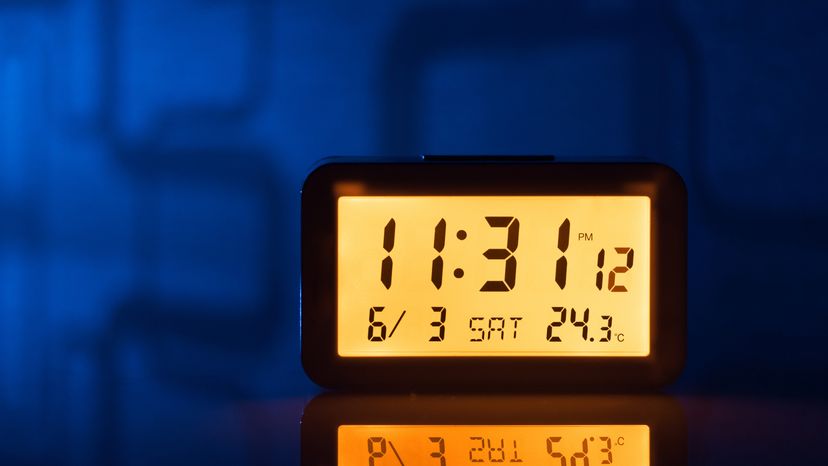
Key Takeaways
- Atomic clocks use the resonance frequencies of atoms, such as cesium-133, which oscillates at a consistent frequency of 9,192,631,770 cycles per second, making them extremely accurate.
- Unlike pendulum or quartz clocks, atomic clocks are not affected by manufacturing tolerances or environmental factors like temperature.
- Atomic clocks are crucial for GPS systems and scientific research, and their high accuracy supports various technologies and endeavors requiring precise time measurement.
If you have read How GPS Receivers Work, you know that atomic clocks are extremely important to the system. You also frequently hear about atomic clocks in ads for the new clocks that automatically synchronize themselves with the atomic clock in Boulder, Colorado. Atomic clocks are also important to a variety of scientific endeavors.
So let's start with the general notion of a clock. A clock's job is to keep track of the passage of time. All clocks do this by counting the "ticks" of a "resonator."
Advertisement
In a pendulum clock, the resonator is a pendulum and the gears in the clock keep track of time by counting the resonations (the swingings back and forth) of the pendulum. The pendulum usually resonates at a frequency of one swing per second. A digital clock uses either the oscillations on the power line (60 cycles per second in the United States, 50 cycles per second in Europe) or the oscillations of a quartz crystal as the resonator, and counts using digital counters. The accuracy of the clock is determined by the accuracy of the resonator at the specified frequency.
An atomic clock is a clock that uses the resonance frequencies of atoms as its resonator. According to Encyclopedia Britannica, the resonator is "regulated by the frequency of the microwave electromagnetic radiation emitted or absorbed by the quantum transition (energy change) of an atom or molecule." (See the National Institute of Standards and Technology for a diagram and description of the process.)
The advantage of this approach is that atoms resonate at extremely consistent frequencies. If you take any atom of cesium and ask it to resonate, it will resonate at exactly the same frequency as any other atom of cesium. Cesium-133 oscillates at 9,192,631,770 cycles per second. This sort of accuracy is completely different from the accuracy of a quartz clock. In a quartz clock, the quartz crystal is manufactured so that its oscillating frequency is close to some standard frequency; but manufacturing tolerances cause every crystal to be slightly different, and things like temperature will change the frequency. A cesium atom always resonates at the same known frequency -- that is what makes atomic clocks so precise.
Here are some interesting links:
- How Atomic Clocks Work
- How Quartz Watches Work
- How Pendulum Clocks Work
- How Digital Clocks Work
- Inside a Wind-up Alarm Clock
- How Time Works
- The "Atomic Age" of Time Standards
- Physics Laboratory: Time & Frequency Division - National Institute of Standards and Technology (Boulder, CO)
- 1997 Nobel Prize in Physics - for development of methods to cool and trap atoms with laser light.
- The Official U.S. Time
Advertisement